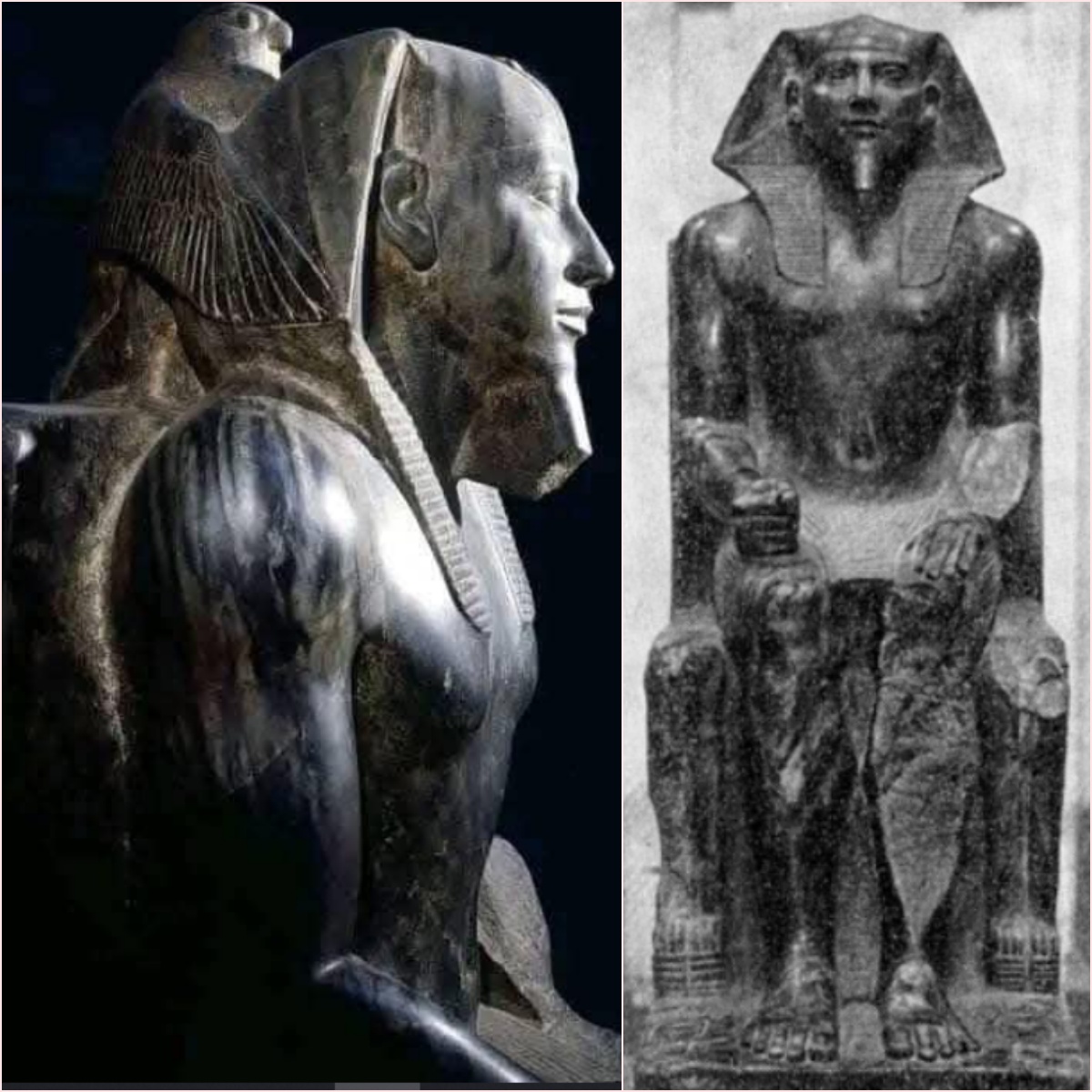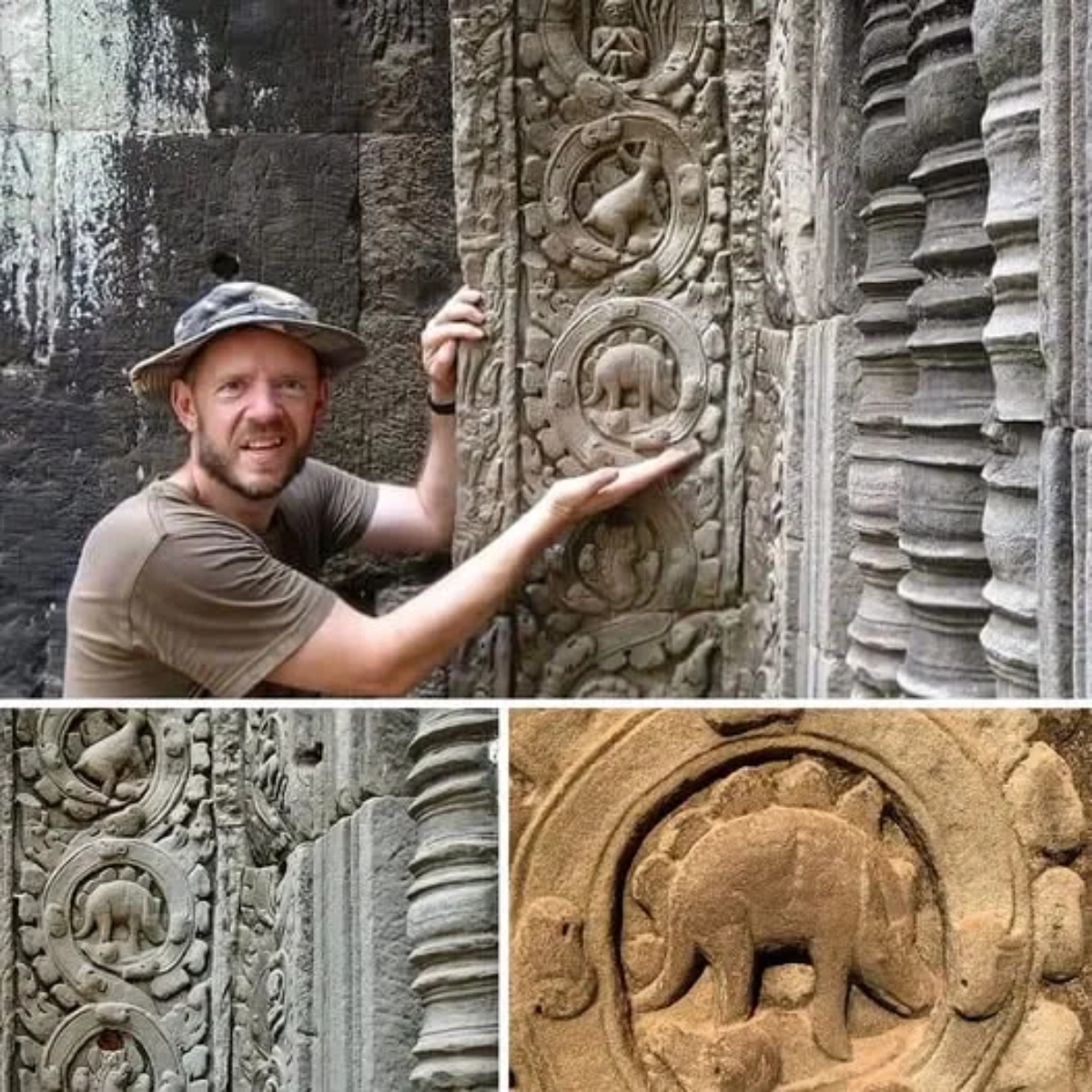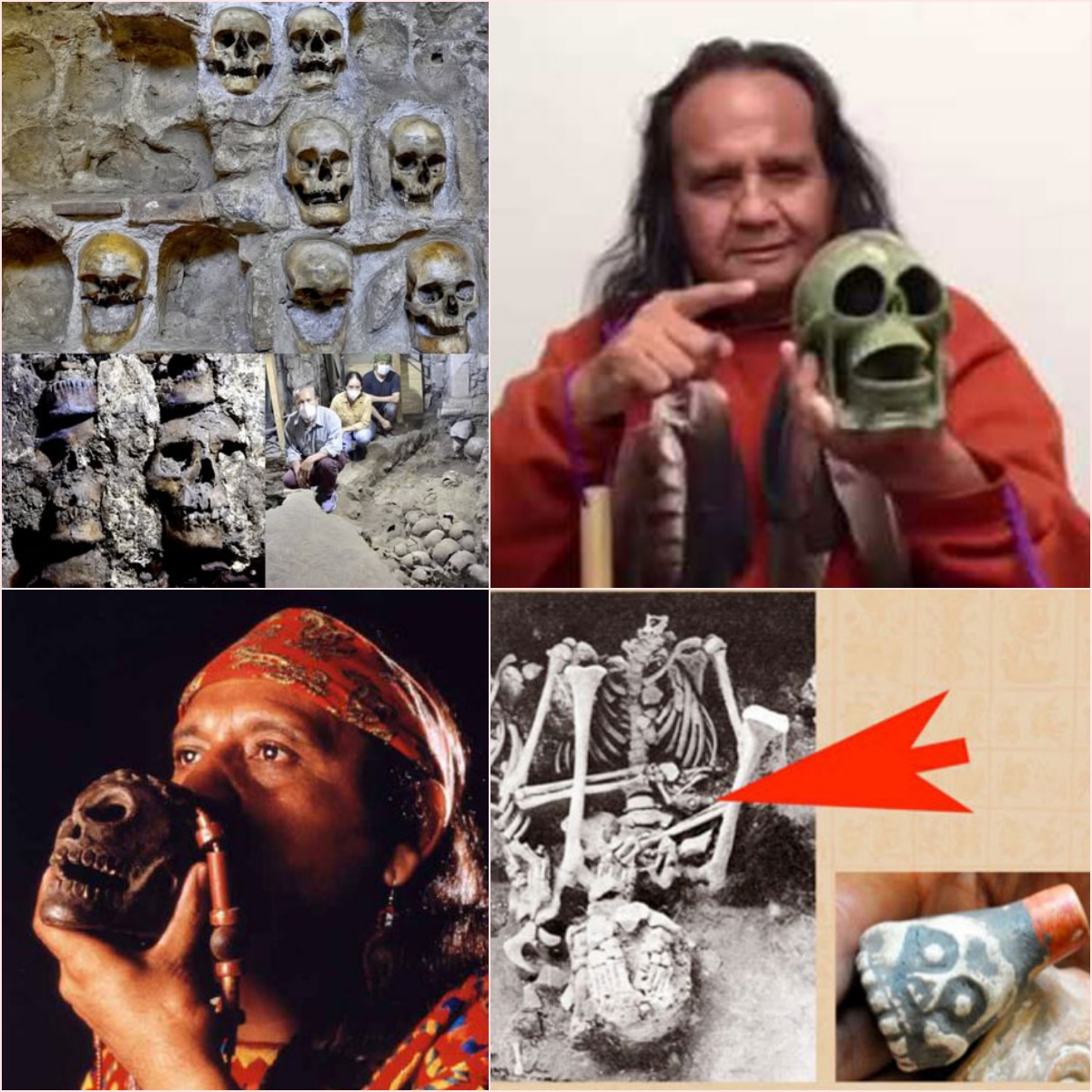Pharaoh Khafre’s Diorite Statue: A 4,500-Year-Old Feat of Precision
The diorite statue of Pharaoh Khafre, housed in the Egyptian Museum in Cairo, remains an archaeological mystery that challenges our understanding of ancient Egyptian technology. This magnificent piece, carved with extraordinary precision, raises fundamental questions about the tools and methods used by the Egyptians in the 26th century BCE to work with a material as exceptionally hard as diorite. Diorite, known for its extreme hardness, ranks between 7 and 8 on the Mohs scale, making it tougher than many materials, including granite. Today, working with granite requires diamond-tipped tools due to its comparable resistance. So, how did the ancient Egyptians,…
3 min read









